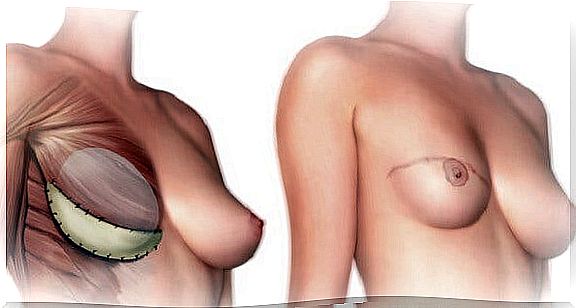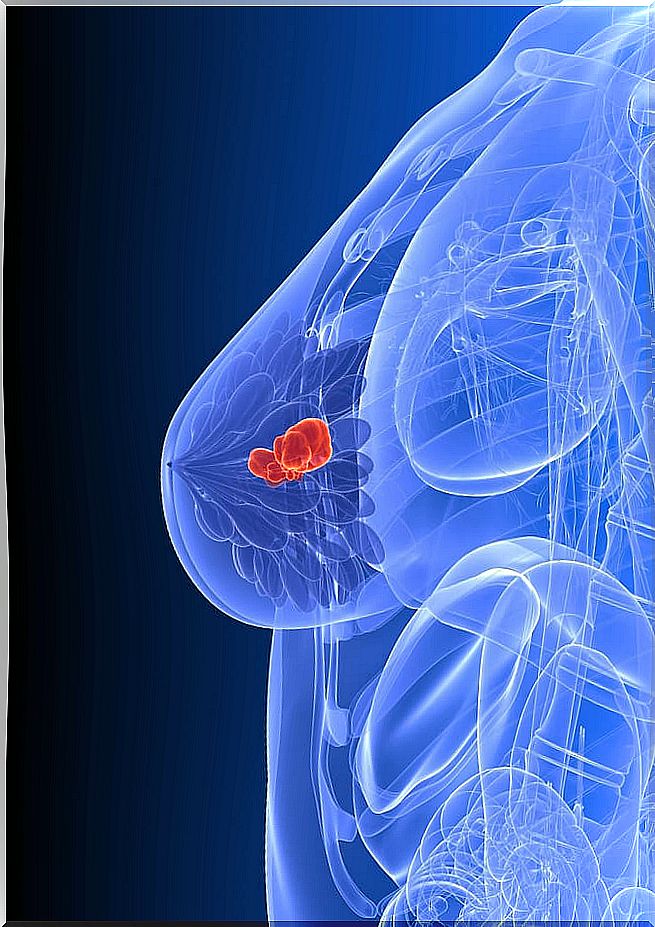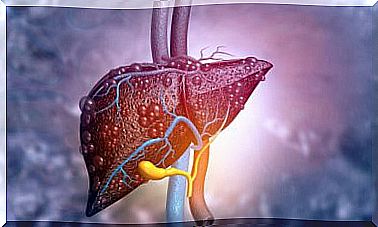Is It Good To Do A Preventive Mastectomy To Get Ahead Of Breast Cancer?
According to the MSD Manual, breast cancer is a disease that involves the breast cells in the ducts and lobes. These cells begin to grow out of control and do not have a programmed natural death, they can also form lumps in the breasts (which can be palpable or observable in medical images).
Although in most clinical cases the patient is usually a woman, this condition can also appear in men.
On the other hand, we can differentiate between different subtypes based on their location. If it appears in the ducts that carry milk to the nipple, it is a ductal cancer. However, it can develop in the glands that make milk (lobular cancer). A small percentage of this pathology can occur in other regions of the breast.
For now, the most effective prevention method is mastectomy.
Mastectomy to prevent breast cancer
A mastectomy is a surgical procedure in which one or both of the patient’s breasts are removed. This can greatly reduce the risk of developing (or getting again) breast cancer. It can also be found as a prophylactic mastectomy (prevents a medical condition).
As a general rule, the medical team recommends this type of procedure over breast-conserving surgery. This is because mastectomy reduces the chances of breast cancer by more than 90%. However, there are patients who have suffered it anyway because not all breast cells that may be cancerous can be removed.

Likewise, the person always has the possibility to choose between the two interventions and can consult with specialists at all times.
Considerations to take into account
Normally, the different types of cancer (not only breast cancer) are produced by modifications in the genetic material or DNA of the cells that make up one or more tissues. This cellular change can be caused by various triggers. Therefore, the medical team before performing the surgery considers whether the patient:
- It has a mutation in the BRCA1 or BRCA2 gene. These are genes that, if altered, can increase the risk of breast cancer. Its status can be checked through various genetic tests performed in specialized laboratories.
- You have a family history of this type of cancer. A family history is a relative who has suffered from a certain disease. The medical team must be informed of any family history before making the diagnosis.
- You have or have already had breast cancer on another occasion.
- He had a chest X-ray when he was under 30 years old. Today there are special measures that control radiation significantly reduce its adverse effects. However, exposure to any type of radiation may be capable of causing mutations in the DNA of our cells. Thus, the chances of developing different kinds of cancer increase.
- You have or have had lobular carcinoma in situ or LCIS. It is a disorder in the breasts in which the cells of the glands that produce milk begin to grow abnormally. On the other hand, it is not considered a subtype of breast cancer in itself, but patients who suffer from it have a higher risk of developing breast cancer.
Indications for preventive mastectomy in breast cancer
In this way, there are two medical conditions in which this preventive method is usually practiced :
- Subjects with a very high risk of developing breast cancer. In this case, prophylactic lateral mastectomy is usually performed, that is, both breasts are removed. Although the risk is reduced, it is possible that they will develop cancer after the intervention.

- Patients who have already developed breast cancer. Instead, in these clinical cases, specialists opt for the use of contralateral prophylactic mastectomy or CPM. Thus, the risk of developing a second breast cancer in the other breast is reduced. Studies are currently underway to verify the effectiveness of this method and whether they outweigh the secondary risks of the operation.
It is important to take into account the psychological aspect when performing a mastectomy. Some patients may suffer from disorders due to the change in their body’s image. For this reason mammoplasties are sometimes performed, a procedure that aims to restore the original image of the breast.









